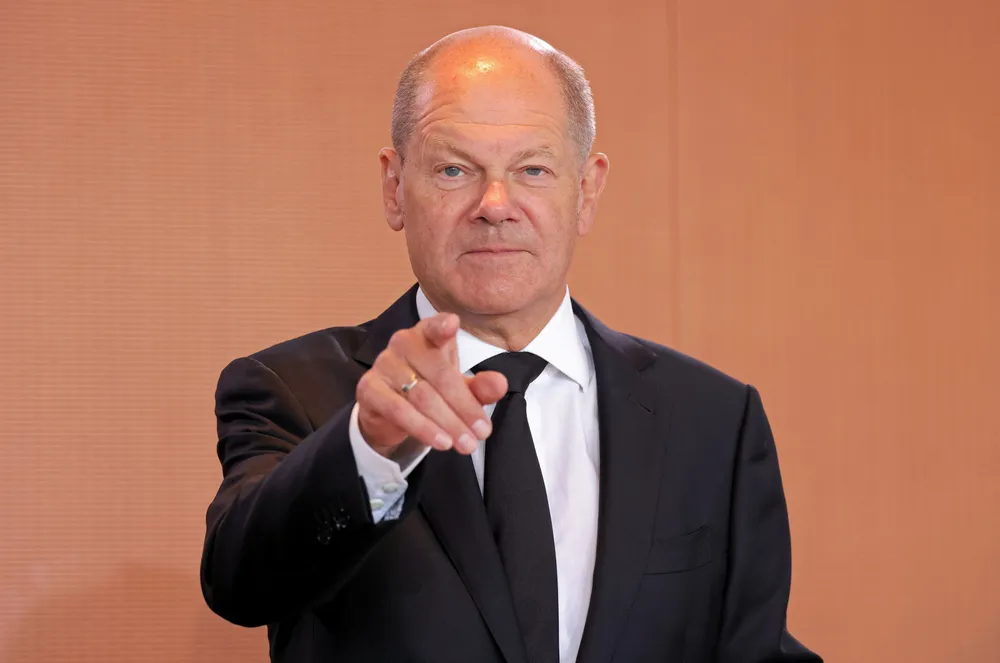Germany's H2Global kicks off world’s first green hydrogen subsidy scheme with ammonia import tender
First €900m tranche of multi-billion euro scheme hunts ten-year supplies of green H2-derived ammonia to sell on to European customers — but imposes strict additionality rules in the small print
